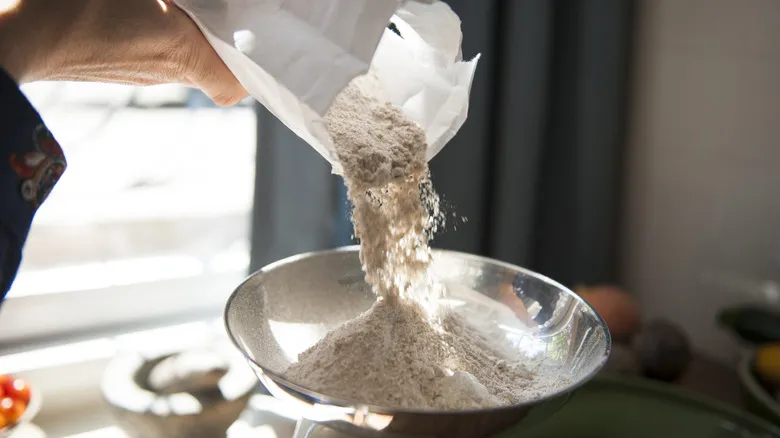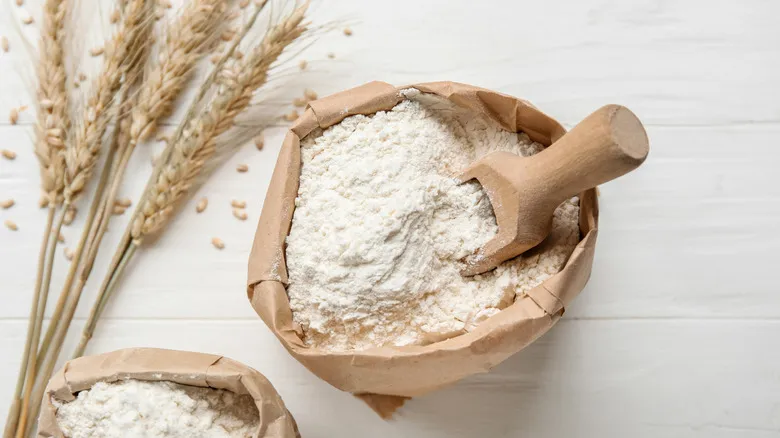Your fridge is the next best place to store flour

If you want to keep your flour fresh for as long as possible, the freezer is the ideal storage option. However, if you're short on freezer space or use flour frequently, the refrigerator is a suitable alternative. When kept in the fridge, white flour can remain fresh for up to a year, while whole grain flour typically lasts around six months. Just like with freezing, it's advisable to transfer your flour to an airtight container when storing it in the fridge to protect it from moisture, air, and odors.
One advantage of refrigerating flour is that you don’t need to thaw it before use, which is convenient for regular bakers. However, regardless of where it’s stored, you should allow the flour to reach room temperature before using it. Cold flour can lead to baked goods that rise less and turn out denser than expected.
Alternatively, you could divide your bag of flour into two containers—keeping one in the freezer for long-term storage and the other in the fridge for quick access. You never know when the craving for a tasty quick bread might hit! Ultimately, the choice of where to store your flour will depend on how often you use it and the available space you have.
Recommended

The Crucial Step You Can't Skip With Vegetables When Making Soup

How To Fix Overly Salty Canned Spam

Beefsteak Vs Heirloom Tomatoes: Which Is Best For A BLT?

The Case For Eating Your Burger With A Fork And Knife
Next up

